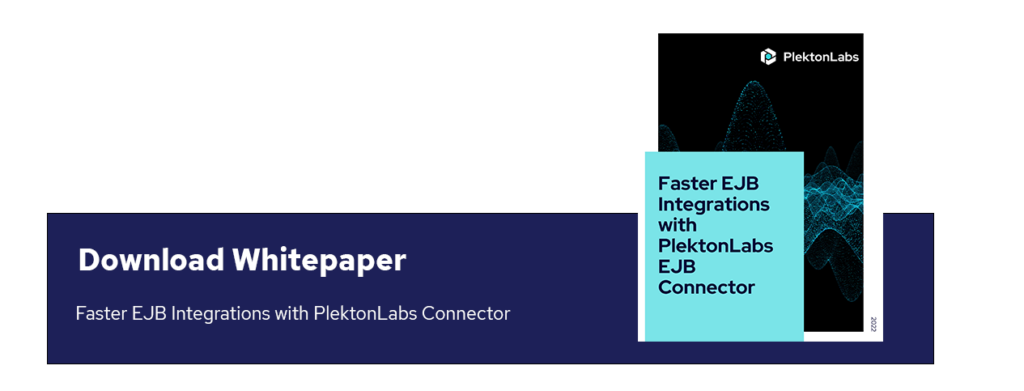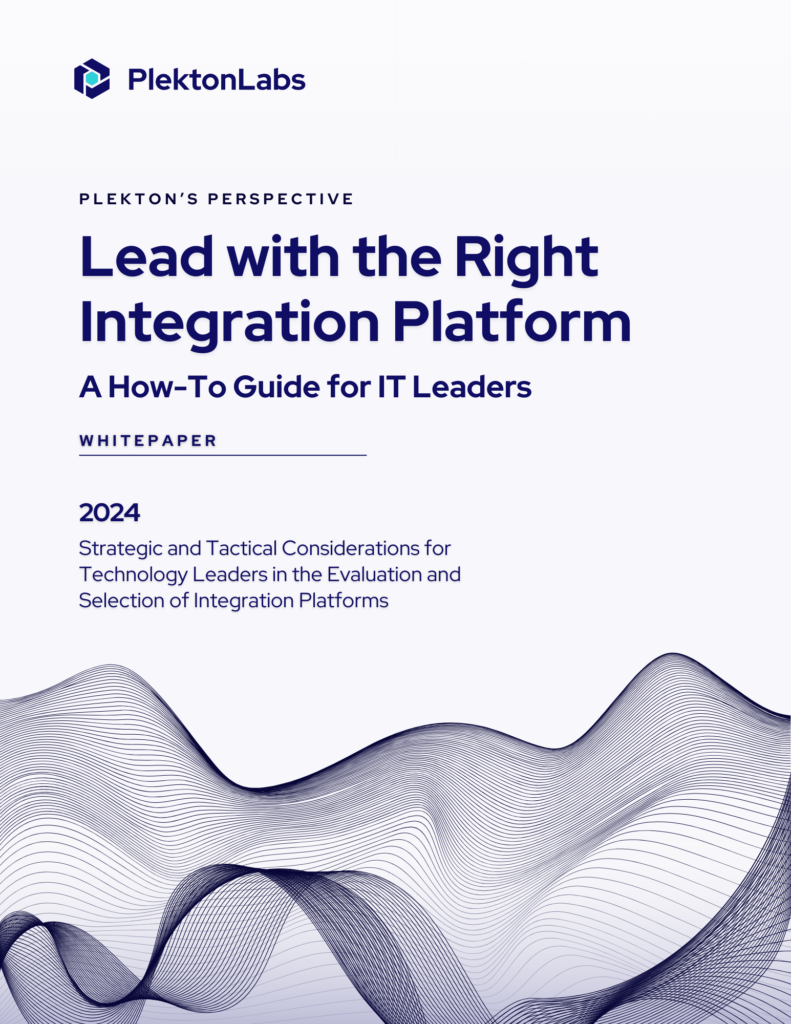In today’s business world, speed isn’t just an advantage—it’s survival. For Chief Technology Officers (CTOs) leading digital transformation efforts, the pressure is relentless: integrate faster, innovate smarter, and scale seamlessly.
Yet for many, the architecture anchoring their enterprise has become a bottleneck rather than a springboard.
Enter Composable Architecture, the blueprint for a modular, scalable digital strategy built on the agile foundations of APIs and microservices. In 2025 and beyond, it’s not just an option; it’s the defining strategy for organizations aiming to lead their industries.
The Story of the Modular Revolution
Imagine building a city. You could pour all your roads, utilities, and buildings in one go, cementing a rigid structure that might work for today, but will be impossible to adapt tomorrow.
Or you could design modular neighborhoods, connected by smart roads, with plug-and-play utilities—ready to grow, pivot, or reinvent themselves as the needs of the citizens change.
That’s the promise of composable architecture.
Instead of massive, immovable IT systems, enterprises are turning to flexible digital ecosystems where applications are modular, data flows freely through APIs, and innovation happens without breaking the whole foundation.
In short, Composable Architecture empowers CTOs to build enterprises designed for constant evolution.
Why Composable Architecture Matters More Than Ever in 2025
The digital economy is no longer waiting for businesses to catch up. Trends like AI, IoT, and personalized customer experiences are evolving faster than traditional infrastructures can handle.
According to Gartner, by 2025, 60% of organizations will require composability in new application initiatives just to keep pace. Those that don’t? They risk operational rigidity, slower time-to-market, and customer attrition.
The winners will be those who understand that agility isn’t a product feature—it’s the business model itself. Composable Architecture, APIs, and microservices make agility scalable.
At PlektonLabs, we believe: Enterprises that build composable today will lead digital transformation tomorrow.
The Invisible Challenges Facing CTOs
The road to composability isn’t without obstacles. Many IT leaders find themselves grappling with:
- Legacy system entanglements that resist integration
- Talent shortages around API and microservices development
- Siloed data prevents a unified customer view
- Regulatory demands that complicate decentralized systems
- Organizational resistance to modular, decentralized thinking
In our experience helping enterprises across telecom, finance, and healthcare, the pattern is clear: Without a clear modular strategy, even the best intentions lead to fragmentation instead of flexibility.
Composable transformation must be a business-aligned journey, not just a technology project.
When Is It Time to Go Composable?
If your digital strategy feels like it’s stuck in molasses, it’s probably time. Specifically, CTOs should consider composable architecture when:
- Deployment cycles stretch months longer than planned
- Customer experiences feel fragmented and inconsistent
- New digital initiatives hit walls caused by legacy constraints
- Mergers, acquisitions, or product launches demand faster system integration
At PlektonLabs, we often say:
“If your technology can’t pivot as fast as your strategy needs to, it’s time to rethink the architecture.”
The Business Value of Composable Architecture
So, what’s the payoff?
Spoiler alert: It’s not just IT efficiency—it’s a strategic advantage.
- Time-to-Market Acceleration: McKinsey reports modular enterprises launch new digital initiatives 30-50% faster.
- Cost Efficiency: Microservices and APIs reduce maintenance and scaling costs by up to 40%.
- Resilient Operations: Isolated failures in microservices architectures minimize downtime and disaster recovery costs.
- Enhanced Innovation: Modular systems make adopting new capabilities (AI, blockchain, etc.) seamless.
- Superior Customer Experiences: Real-time, 360° data views enable personalized, omnichannel engagement.
Composable architecture doesn’t just streamline today’s operations—it future-proofs the enterprise.
Strategizing for Composable Success
Successful composable transformation demands a deliberate strategy. CTOs should:
- Assess Current Systems: Identify legacy bottlenecks and opportunities for modularization.
- Align with Business Goals: Build a transformation roadmap tied to tangible outcomes (faster launch, better CX, lower costs).
- Invest in Talent: Upskill teams in API development, microservices design, and DevOps.
- Embed Governance Early: Prioritize security, compliance, and performance management from the start.
- Adopt a Phased Approach: Start small with high-impact domains before scaling composability across the enterprise.
In other words, Composable Architecture is a business strategy with a technology wrapper, not the other way around.
How PlektonLabs Helps CTOs Lead the Modular Transformation
At PlektonLabs, we partner with technology executives to turn the vision of modular, scalable enterprises into reality.
- Strategic Composable Roadmapping: Helping CTOs align modularity with enterprise priorities.
- Expert API and Microservices Engineering: Building robust, scalable, secure digital ecosystems.
- MuleSoft Integration Excellence: Seamlessly connecting legacy and modern systems.
- Training and Enablement: Upskilling teams to sustain innovation and scalability long-term.
- Business-First Governance Models: Ensuring security, compliance, and ROI measurement are foundational.
When you partner with PlektonLabs, you’re not just adopting a new technology model—you’re future-proofing your business with confidence, clarity, and customer-centricity.
Composable Architecture isn’t a trend, it’s the blueprint for leading in 2025 and beyond.
Are you ready to transform your digital foundation into your greatest competitive advantage?
Let’s build your composable enterprise—together.




